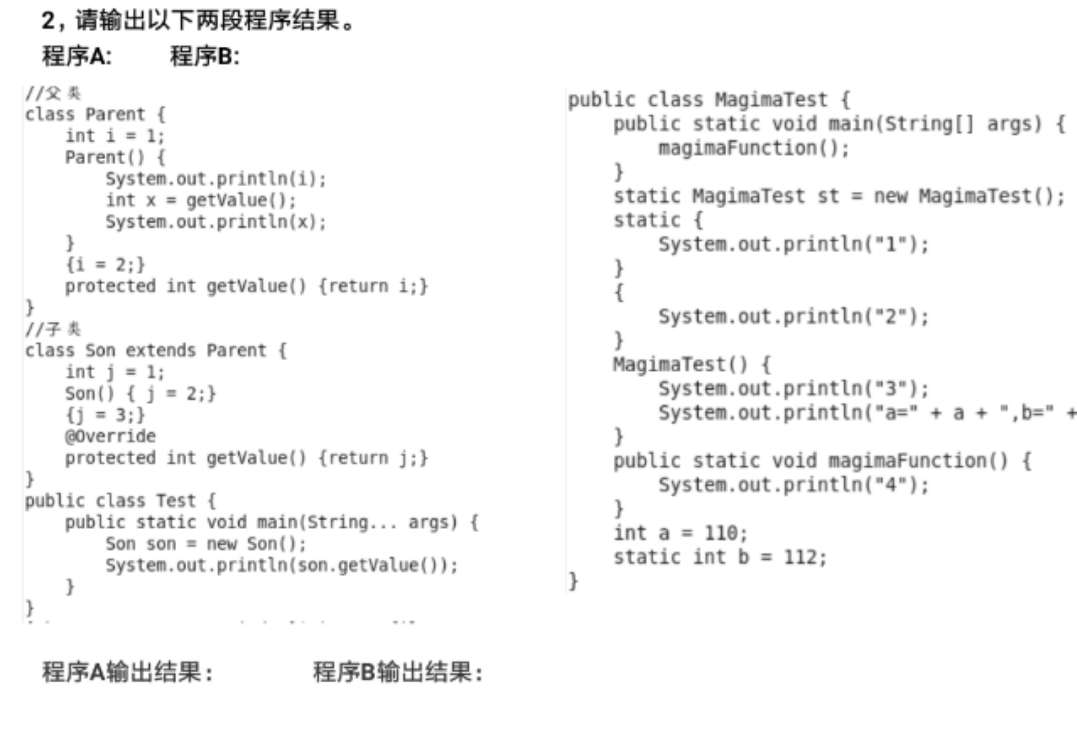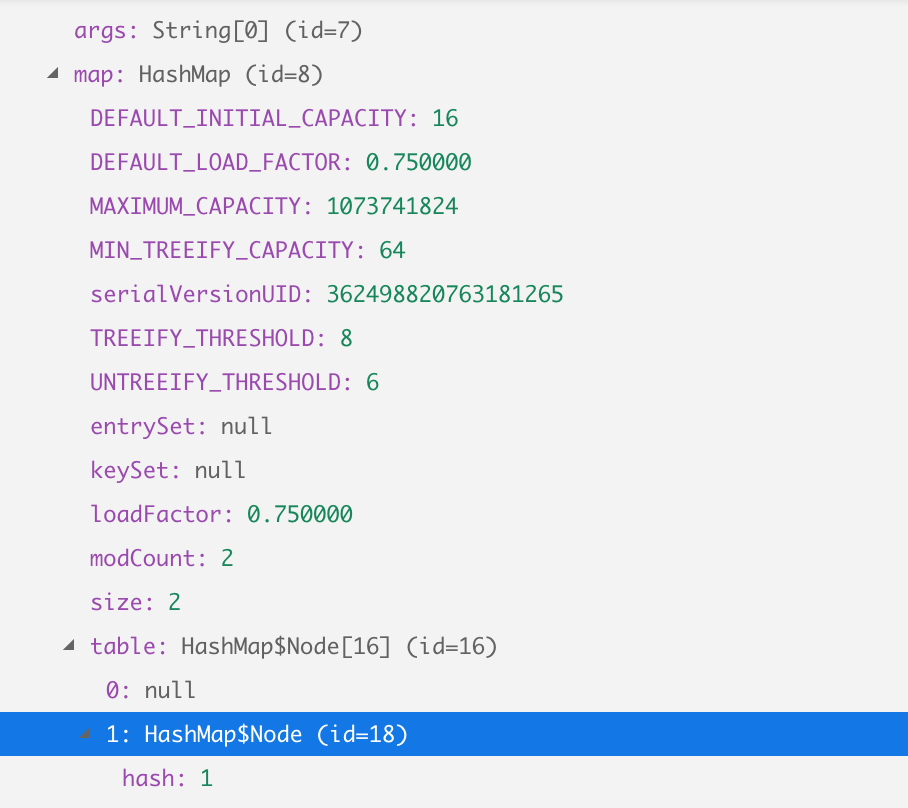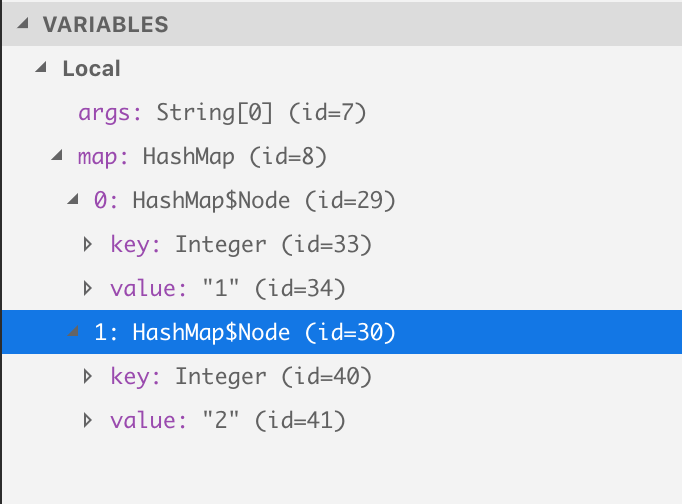MySQL Connector/Python currently not available from PyPI
When you want use mysql-connector-python as db backend in Django, the first thing you noticed is that the latest version of mysql-connector-python on PyPI is 2.0.4, but official version is 2.1.5. The official developer explained this.(But why not host mysql-connector-python on PyPI?!). so, you can bypass this problem. Add follow line into requirements.txt:
https://dev.mysql.com/get/Downloads/Connector-Python/mysql-connector-python-2.1.5.tar.gz#egg=mysql-connector-python
when you configured Connector/Python Django Backend, and run python manage.py migrate , you will meet error:
DatabaseError: Data truncated for column ‘applied’ at row 1
This is because mysql.connector.django cannot handle datetime with timezone. You need patch 93c7b38. when you fix this, you must drop all table, and re-run python manage.py migrate, you will meet another error:
File “/path/to/venv/lib/python3.5/site-packages/mysql/connector/django/operations.py”, line 223, in bulk_insert_sql
return “VALUES “ + “, “.join([items_sql] * num_values)
TypeError: can’t multiply sequence by non-int of type ‘tuple’
can’t multiply sequence by non-int of type ‘tuple’
This is because bulk_insert_sql ‘s third argument changed from int to list of placeholder rows, since Django 1.9. You need another patch, patch 8dab00b. (Of cause, we doesn’t drop support of Django 1.6)



